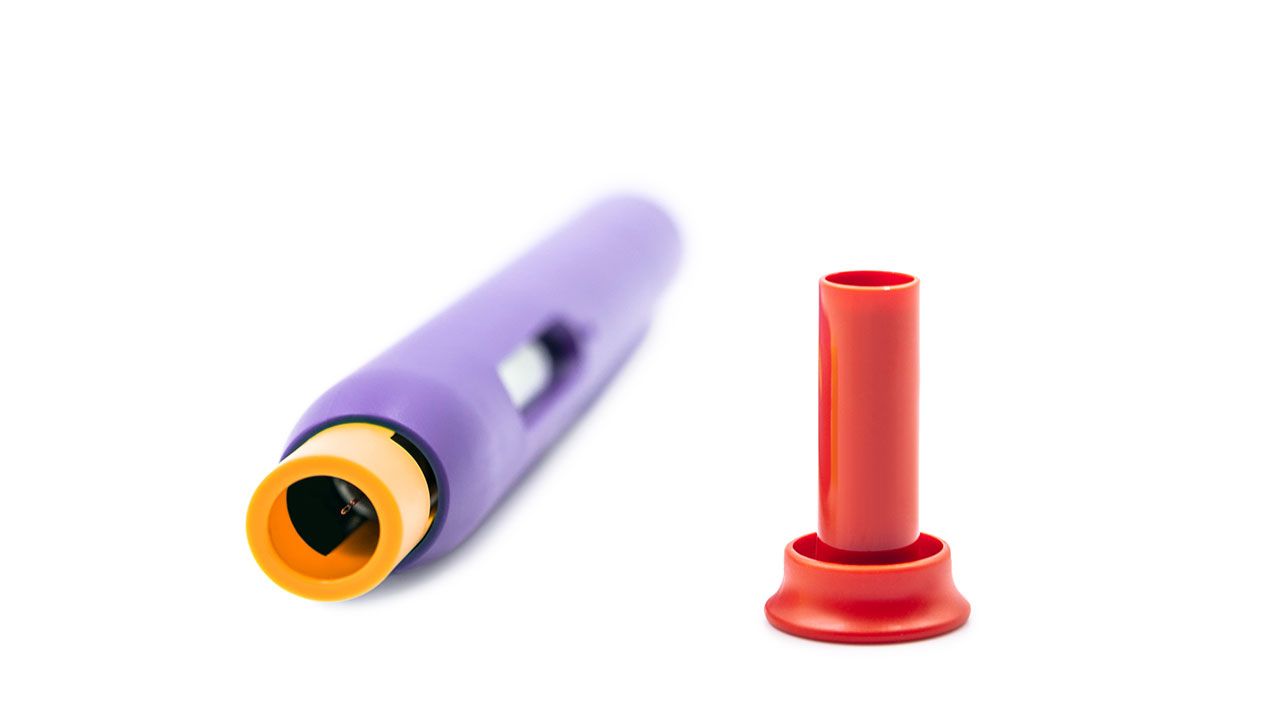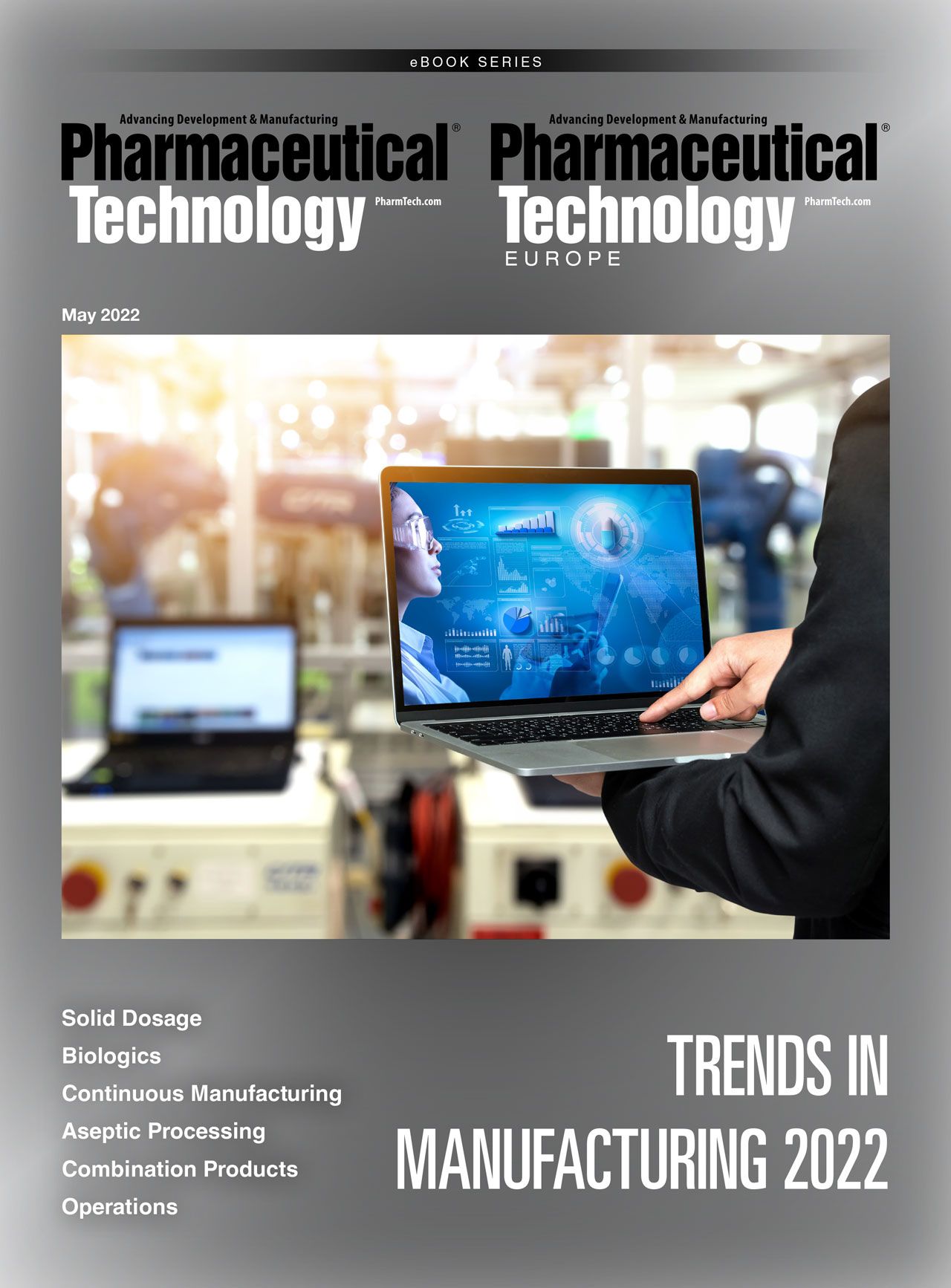Converting Injectable Therapies to Combination Drug-Device Products
The author describes how to seize market opportunities while navigating the requirements of both drug therapies and delivery devices.
M.Dörr & M.Frommherz- Stock.adobe.com

The global biopharma market has experienced a remarkable period of evolution and expansion. In that time, parenteral medications have become one of the industry’s most important innovation and growth drivers.
Fueled by a continuing shift toward at-home, self-administered care—an established trend accelerated by the COVID-19 pandemic—the rapid surge in demand for injectable therapies is set to continue in the coming years. Between 2020 and 2027, sales of parenteral medications are projected to expand from 53–57% of global market volume, with most of those gains taken away from oral drugs (1).
Read this article in the Trends in Manufacturing ebook.
Reference
1. Global Data Sales Analytics, May 17, 2021.
About the author
Markus Hörburger is product and service manager Secondary Packaging & Device Assembly at Vetter.
Article details
Pharmaceutical Technology
eBook: Trends in Manufacturing
May 2022
Pages: 52–56
Citation
When referring to this article, please cite it as M. Hörburger, “Converting Injectable Therapies to Combination Drug-Device Products,” Pharmaceutical Technology Trends in Manufacturing eBook (May 2022).

Drug Solutions Podcast: A Closer Look at mRNA in Oncology and Vaccines
April 30th 2024In this episode fo the Drug Solutions Podcast, etherna’s vice-president of Technology and Innovation, Stefaan De Koker, discusses the merits and challenges of using mRNA as the foundation for therapeutics in oncology as well as for vaccines.
PacBio Chosen as Tech Partner for Global Alzheimer’s Disease Research Project
April 23rd 2025The project, the North African Dementia Registry, will unite multiple entities for the purpose of developing a comprehensive dataset to advance the research community’s understanding of Alzheimer’s disease and other dementias in diverse populations.